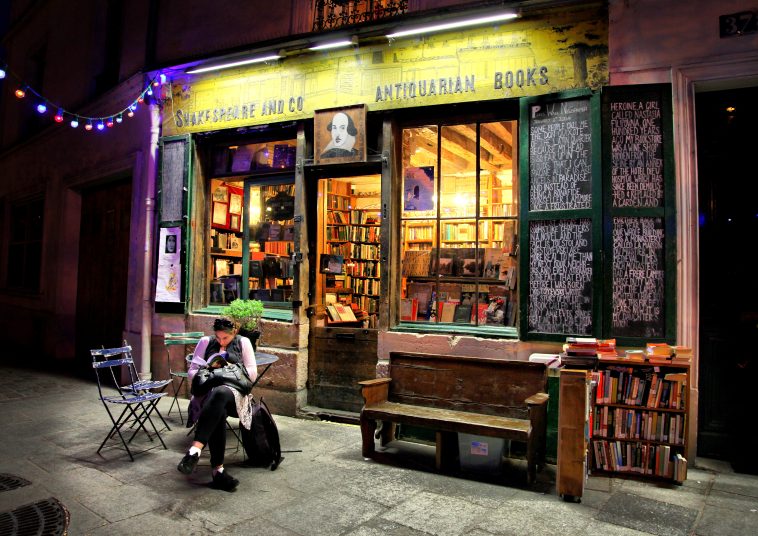The Apostrophe Blog
Photo by Christine Zenino
When you are someone who writes or aspires to write, I think reading means not just enjoyment but also study. It means seeking to understand all the nuts and bolts about the way a piece of writing is put together and then ticks. It means bringing a generosity and willingness to hear the voice that is speaking from the page. It means seeking patterns, the how of a writer’s particular, individual linguistic arts. It means cultivating a curiosity about what effect an author’s choices are having on you as the reader. It means (occasionally) dissecting, analyzing, cataloguing, contextualizing, articulating, and most of all appreciating what it is the writer-magician currently holding you under her spell is able to do.
I like when a piece of writing is able to do more than one thing: delight, instruct, surprise, demonstrate skillful craft, hold me in thrall as it experiments and takes risks. There are many writers I would say I read (as a writer) simply to revel in their acrobatics, their kinetic jumpiness, hell, the way their pyrotechnics set fire to a page! Other writers I study for their facile handling of line length. Or their astonishing ability to switch registers of diction and tone seamlessly. Or their skill with slant rhyme. Or lyrical prose that reads more like a poem. Novelists and poets who are sometimes writers of both—I find such “ambidexterity” fascinating and instructive. For me, it’s valuable (as writer) to be clearly shown (as reader) how much linguistic adventuring is possible in the first place.
Every writer you read can be your teacher and your inspiration. What authors draw you in, speak to you, and astonish? We all have our short lists of literary teachers and mentors who’ve taught us invaluable lessons from the two-dimensionality of a paper page.
For me, Alice Munro—2013 winner of the Nobel Prize in Literature for her astonishing breadth and depth exclusively in the short story form—always comes to mind first. I remember her 1988 story, “Meneseteung.” It was one that captivated me then and still does today. It is historical, about a poet, about a woman whose life was one of a lonely outsider, and it ranged in and out of time in a non-linear way. It was a story that integrated “found texts”— newspaper clippings, notes, historical documents even post cards. I remember thinking, wow, you can use all that in a story? And get it to hold together and actually work?
Reading Alice Munro’s short stories over the years has taught me that I favor work that inhabits mystery and surprise, work that boasts quirky, even stubborn characters who then act in predictable and contradictory ways. And so, from the study of a single author, I began my own apprentice attempts to stitch her techniques into my own work—fracturing the linear, piecing together a crazy quilt of linguistic scraps, or working with a longer poetic sequence rooted in an individual character.
I recently re-read two collections of Munro’s work—A Wilderness Station: Selected Stories, 1968-1994 and Family Furnishings: Selected Stories, 1995-2014—and came away even more in awe of her literary and linguistic powers. These might be two volumes I would carry with me if stranded on that proverbial desert island for I know I could read them over and over and never tire of them.
- Acceptance News: Red Door Magazine - November 10, 2025
- A Day of Shadows and Sun - November 10, 2025
- For the love of a watery landscape… - November 9, 2025

